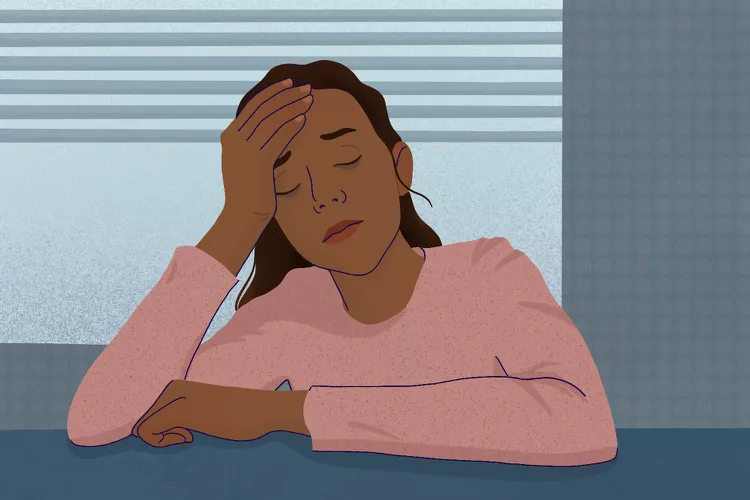How To Tell the Difference Between a Cold and Strep Throat

Both the common cold and strep throat can cause discomfort, particularly in the throat—but their causes, severity, and treatments differ. Knowing what sets them apart can help you take the right steps to manage symptoms and avoid complications.
Symptoms Comparison
Cold and strep throat share several symptoms, such as a sore throat. However, strep throat tends to cause more intense discomfort and fewer nasal symptoms.
| Symptom | Strep Throat | Common Cold |
|---|---|---|
| Sore throat | Yes, often intense | Yes, usually mild |
| Oral signs | Yes, white patches or red spots on tonsils | No |
| Nasal congestion/sneezing | No | Yes |
| Cough | Uncommon | Yes, may linger |
| Swollen neck lymph nodes | Yes | Sometimes |
| Headache | Yes | Yes |
| Fever | Often sudden, starts around day 2 | Mild, if any |
| Body aches | Yes | Yes, typically mild |
Other Notable Symptoms in Kids
Children may have additional symptoms with strep throat, such as nausea, vomiting, stomach pain, and skin rashes, especially in body folds like underarms. Kids under age 3 may also seem cranky, lose appetite, or run a low-grade fever.
Key Differences
Prevalence
-
Strep Throat is more frequent in kids aged 5–15 and less common after age 40.
-
Cold is one of the most widespread illnesses globally, affecting all age groups. Adults usually get 2–4 colds a year, while kids can have up to 10.
Cause
-
Strep Throat is due to a bacterial infection, specifically group A Streptococcus.
-
Cold is caused by viruses—most often rhinoviruses—with over 200 viral types known to trigger colds.
Diagnosis
-
Strep Throat is diagnosed through a throat swab. A rapid test may offer quick results, but a lab culture may follow if needed.
-
Cold is typically diagnosed based on symptoms alone, without testing.
Treatment
-
Strep Throat requires antibiotics like penicillin or amoxicillin to eliminate the bacteria and prevent spread.
-
Cold doesn’t respond to antibiotics. Instead, rest, fluids, and over-the-counter meds ease symptoms until the virus passes.
Complications
-
Strep Throat treatment reduces risks of serious issues like rheumatic fever or abscesses.
-
Cold may lead to sinus infections or bronchitis, especially in those with weaker immune systems.
Similarities Between Cold and Strep Throat
Despite being caused by different germs, colds and strep throat have common transmission routes and overlapping symptoms, making it hard to tell them apart without a professional exam.
How They Spread
Both illnesses spread through droplets—coughing, sneezing, or touching contaminated surfaces and then touching your face. Living or working in close quarters increases the chance of infection.
Peak Seasons
Both strep and cold viruses can spread any time but are more common in the colder months—especially during winter and early spring.
Prevention Tips
Avoiding sick individuals, practicing good hygiene (like frequent handwashing), disinfecting high-touch items, and avoiding face-touching are effective in reducing the risk of both illnesses.
Who’s Most at Risk
Kids are more likely to catch either illness due to close contact at school. Adults who live or work with children also have a higher chance of exposure.
Can You Have Both at Once?
Yes, it’s possible to catch both a cold and strep throat simultaneously, especially if your immune system is weakened. The two are caused by different pathogens, so one doesn’t prevent the other.
When to See a Healthcare Provider
Reach out to a doctor if you or your child experience:
-
Fever lasting more than four days
-
Breathing difficulties
-
Signs of dehydration
-
Symptoms lasting more than 10 days
-
Recurring symptoms after initial improvement
Quick Summary
While strep throat and colds share overlapping symptoms like sore throats and body aches, they stem from different infections. Strep throat is bacterial and typically more intense, requiring antibiotics. The cold is viral, milder, and resolves with rest and symptom relief.
Understanding their differences helps ensure you get the right care and avoid spreading the illness to others.














.png)




.png)







.webp)
.webp)


.png)






